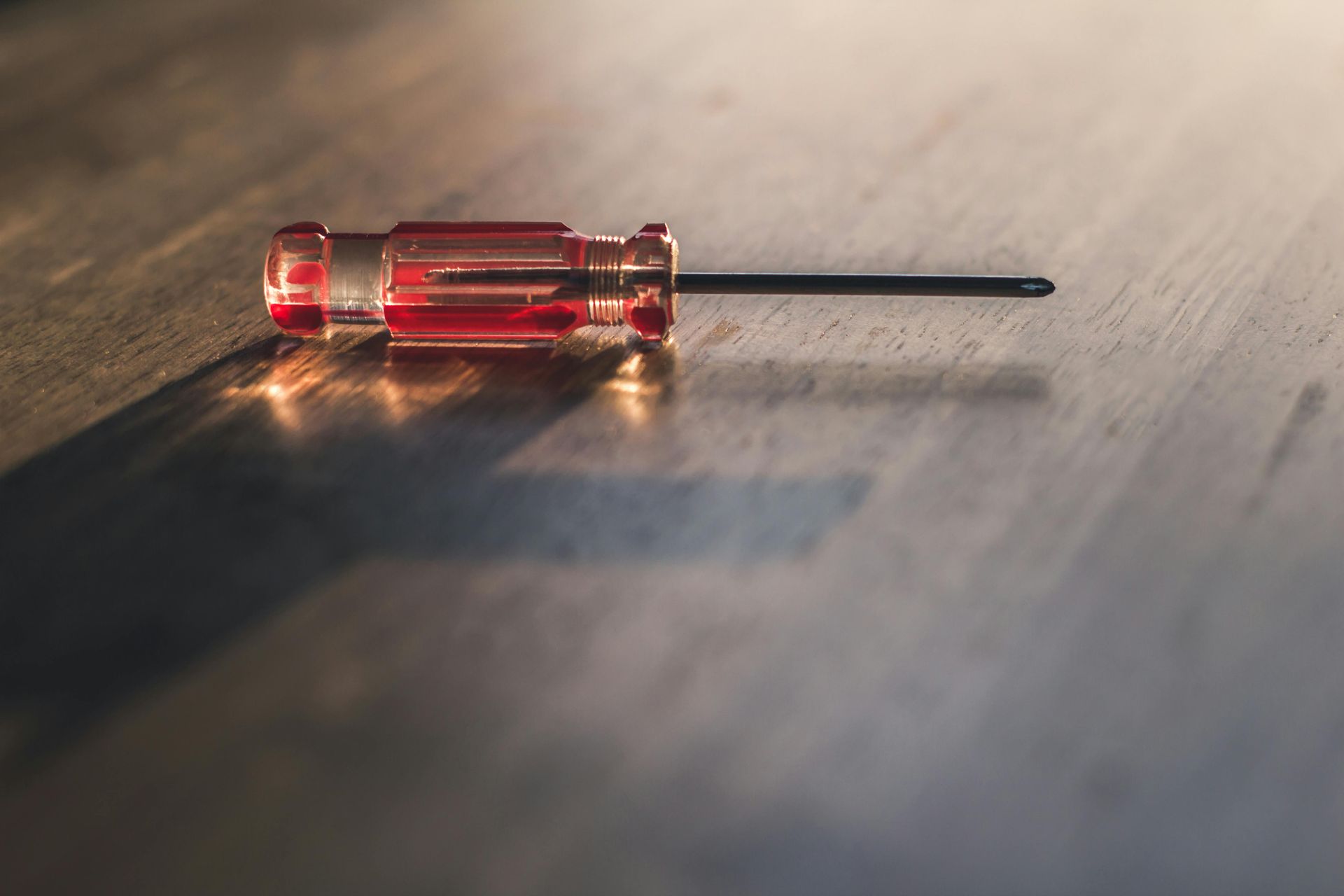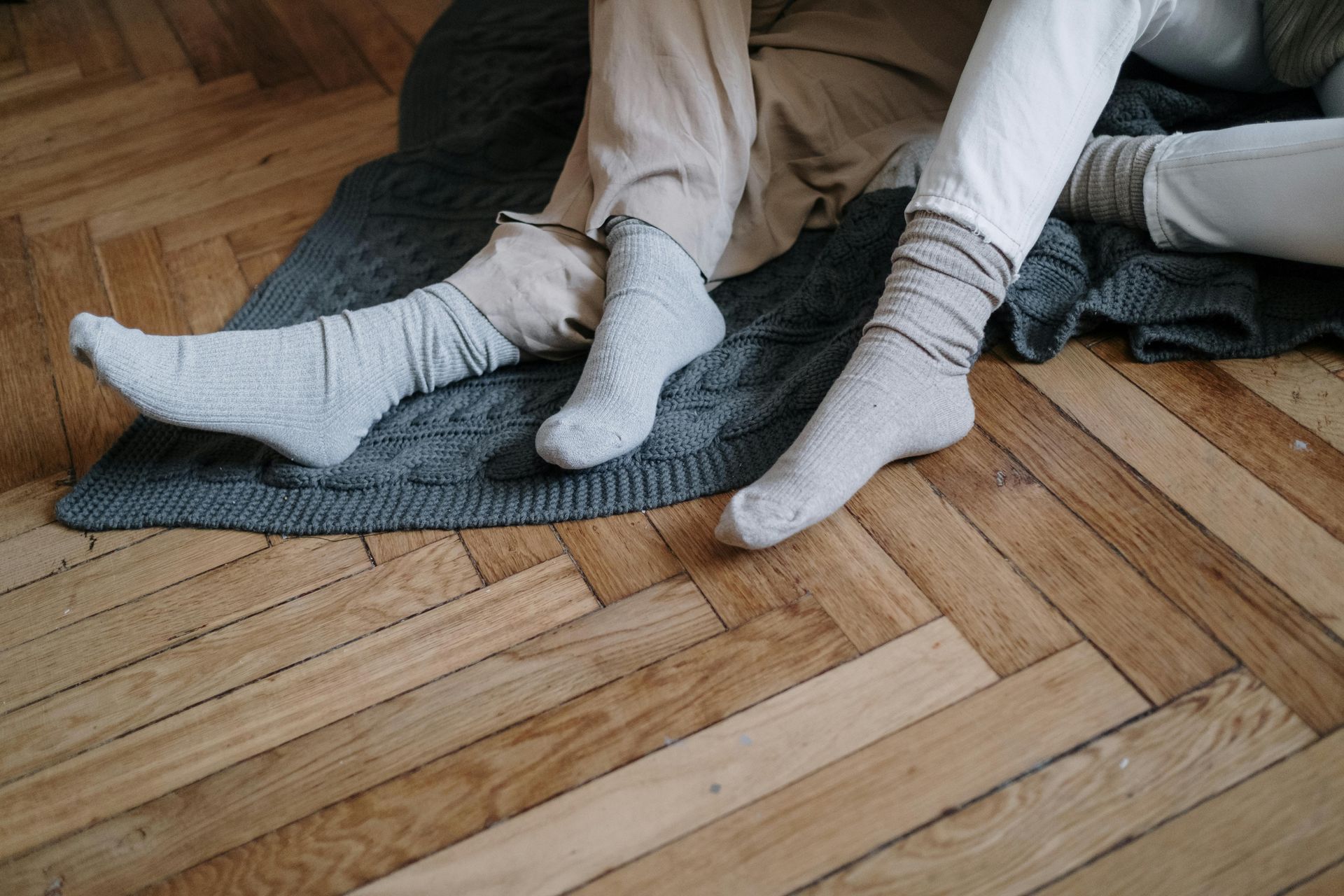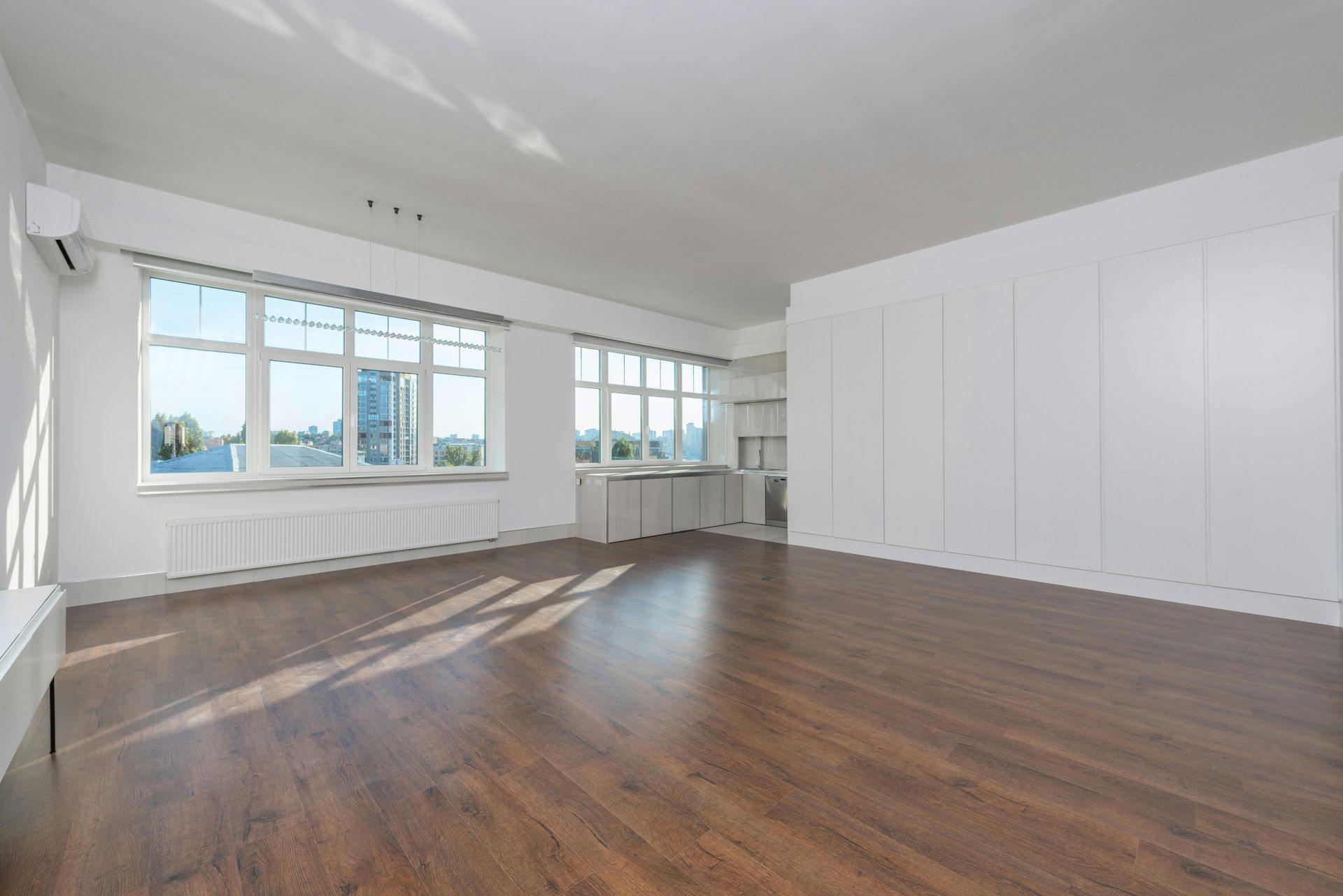Why Engineered Hardwood is a Smart Choice for Madison’s Climate

Madison, WI experiences a diverse range of weather conditions, from humid summers to freezing winters. These fluctuations can take a toll on flooring materials, making it essential to choose a durable and stable option. Engineered hardwood flooring has emerged as a smart choice for Madison homeowners due to its resilience, beauty, and adaptability to changing climates.
What is Engineered Hardwood?
Engineered hardwood consists of a top layer of real hardwood veneer bonded to multiple layers of high-quality plywood or fiberboard. This construction enhances stability and reduces the risk of warping or expansion due to moisture and temperature fluctuations.
Benefits of Engineered Hardwood for Madison’s Climate
1. Superior Stability in Temperature Changes
Madison experiences dramatic shifts in temperature and humidity throughout the year. Unlike solid hardwood, engineered hardwood is designed to withstand these changes without expanding or contracting excessively.
2. Better Resistance to Moisture
With snowfall, rain, and humidity being common in Madison, moisture-resistant flooring is crucial. The layered construction of engineered hardwood makes it less susceptible to moisture-related damage compared to solid hardwood.
3. Durability for High-Traffic Areas
Engineered hardwood is known for its toughness and ability to handle heavy foot traffic, making it ideal for busy households.
4. Works Well with Radiant Heating Systems
Many Madison homeowners opt for radiant floor heating to combat winter chills. Engineered hardwood is compatible with underfloor heating, ensuring warmth without the risk of warping.
5. Eco-Friendly and Sustainable
Because engineered hardwood uses less solid wood and incorporates sustainable materials, it is a more environmentally friendly option compared to traditional hardwood flooring.
6. Wide Variety of Styles and Finishes
Homeowners can choose from a variety of wood species, stains, and finishes, allowing them to customize their floors to match their home’s interior design.
Comparing Engineered Hardwood to Solid Hardwood
Feature Engineered Hardwood Solid Hardwood
|------------------------------------|-------------------------------|-------------------------------|
Stability in Humidity High Low
Moisture Resistance High Moderate
Compatibility with Radiant Heat Yes No
Installation Methods Floating, Glue-down, Nail-down Nail-down only
Refinishing Capability Limited (1-2 times) Multiple times
Best Areas to Install Engineered Hardwood in Your Home
- Living Rooms & Bedrooms – Adds warmth and elegance.
- Basements – More resistant to moisture than solid hardwood.
- Kitchens – Provides durability and water resistance.
- Hallways & Entryways – Can withstand heavy foot traffic and seasonal wear.
Maintenance Tips for Engineered Hardwood Flooring
- Regular Cleaning – Sweep or vacuum regularly to remove dirt and debris.
- Use the Right Cleaner – Avoid harsh chemicals; use a damp (not wet) mop with a pH-neutral wood cleaner.
- Prevent Scratches – Use felt pads on furniture legs and avoid dragging heavy items.
- Manage Humidity Levels – Use a humidifier in winter and a dehumidifier in summer to maintain stable indoor conditions.
- Immediate Spill Cleanup – Wipe spills promptly to prevent moisture damage.
Cost Considerations of Engineered Hardwood Flooring
Engineered hardwood offers a cost-effective alternative to solid hardwood while delivering similar aesthetics. Factors influencing the cost include:
- Wood Species – Exotic hardwood veneers can be pricier than common options like oak or maple.
- Thickness of Top Layer – A thicker wear layer allows for refinishing and increases longevity.
- Installation Method – Professional installation adds labor costs but ensures longevity and performance.
- Brand & Quality – Premium brands use high-quality adhesives and materials for durability.
Installation Methods
- Floating Installation – Planks are snapped together without glue or nails, making it an easy DIY option.
- Glue-Down Installation – Adhesive is used for added stability, recommended for concrete subfloors.
- Nail-Down Installation – Secured with nails or staples, offering a traditional and sturdy fit.
External Resource
For more insights into the best flooring options for different climates, check out this guide on climate-friendly flooring.
Conclusion
For Madison homeowners looking for a flooring option that balances beauty, durability, and adaptability to the local climate, engineered hardwood is a smart investment. Its superior stability, moisture resistance, and compatibility with heated flooring make it a practical and stylish choice.
For premium solid hardwood flooring in Madison, visit Floors for Less and explore our collection.
FAQs About Engineered Hardwood Flooring
Is engineered hardwood more durable than solid hardwood?
Yes, it is designed to resist temperature and moisture changes better than solid hardwood.
Can engineered hardwood be refinished?
Yes, but the recurrence depends on the thickness of the top wood layer.
Is engineered hardwood suitable for basements?
Yes, it is a great option due to its moisture resistance.
Does engineered hardwood increase home value?
Yes, it offers the beauty of real hardwood and enhances property value.
How do I maintain engineered hardwood?
Regular sweeping, occasional mopping with a damp cloth, and using furniture pads to prevent scratches.
Can I install engineered hardwood myself?
Yes, depending on the installation method. Floating floors are easier for DIY projects.
What is the lifespan of engineered hardwood?
With proper care, engineered hardwood can last 20-30 years or more.
Does engineered hardwood emit VOCs?
High-quality engineered hardwood with low-VOC adhesives is a safe and eco-friendly choice.
Upgrade your flooring today with engineered hardwood and enjoy a stylish, long-lasting solution tailored for Madison’s climate!







